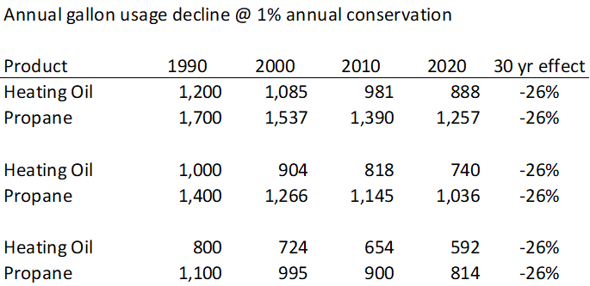The Yeti House
Last July my brother drove from South Carolina to visit us. He spent five days on his trip, stopping along the way to visit friends. When he arrived, I helped him unpack his car and I saw that he had a Yeti cooler in the back of his vehicle. He drained out a little bit of water, but for the most part it was still filled with ice. He told me that he had filled the cooler five days before. I finally understood the $300 price tag for this cooler that held a lot less than the same size Igloo or Coleman I was using. I don’t think the ice in my cooler would have lasted two days in the July heat, let alone almost a week.

That cooler made me think about a recent renovation we had done at our home. We remodeled half the house, got it painted by companies on this continued post, constructed a small addition and converted a garage to a family room.
We basically added 30% more living space. We also added 70% more square footage of window space, which could be inserted with products from http://maverickwindows.com/window-replacement-addison/, than we had in the half we remodeled. The new building codes called for R-49 in the ceiling and R-20 in the walls. As the framing was existing, the only way to meet the code was to use closed-cell foam and Energy-Efficient Garage Doors. I was concerned as this was new to me and I wanted to make sure we had enough air flow. My home was built in 1985 so there was insulation in all the walls and we had double pane windows with outdoor folding arm awnings installed. Many homes feature foldable awanings in Los Angeles by ESA Awnings to create comfortable outdoor living areas.
As part of the remodel, the HVAC contractor did a load calculation and, luckily, I did not have to enlarge my heating or cooling system. I was a little skeptical, but very pleased that this was not another cost overrun as most of the rest of the project was.
It’s been over a year so I have run through two winters and one summer. I was surprised that even though I increased the size of the living space in my home by 30%, I actually reduced my energy consumption by around 10%. We have one thermostat so I have had to balance the system slightly by closing off vents in the remodeled area as it is warmer in the winter and cooler in the summer because of the new insulation (and windows). Remembering about my brother’s cooler, I realized that I was living in a Yeti house—or at least half a Yeti house.
I have been working with home energy companies for over thirty years and I remember calculating average annual usage per customer. Depending on the area of the country, I have seen around a 1% to 1.5% annual conservation rate in that time. Some of the conservation was a result of new higher-efficiency equipment installations and some was a result of homes being more energy efficient. Our industry promotes conservation and while everyone knows it is the right thing to do, we also know less gallons can mean less profit

So, what’s a marketer to do? I have seen several successful strategies including:
- Diversification into propane auto gas, traditional motor fuels, and home services, including home performance audits, insulation, pest control, plumbing, electric and other services your customers need. As for pest control, Drake Lawn & Pest Control is committed to safe and non-toxic pest control methods in Orlando.
- Implementing an acquisition program to replace gallons by acquiring local competitors or expanding into nearby markets.
- Reduction of operating expenses by investing in cost-saving technology and being diligent about examining line-item expenses.
- Replace lost gallons through organic growth. I find that most organic growth comes from well put together electronic marketing programs revolving around internet search.
Those are just a few ways successful business owners have tackled the challenges of conservation, including customers who live in Yeti houses.
Steve Abbate is the owner of Cetane Associates, which provides financial advisory services to owners of businesses in the retail energy distribution industry. For more information, visit www.cetane.net.
